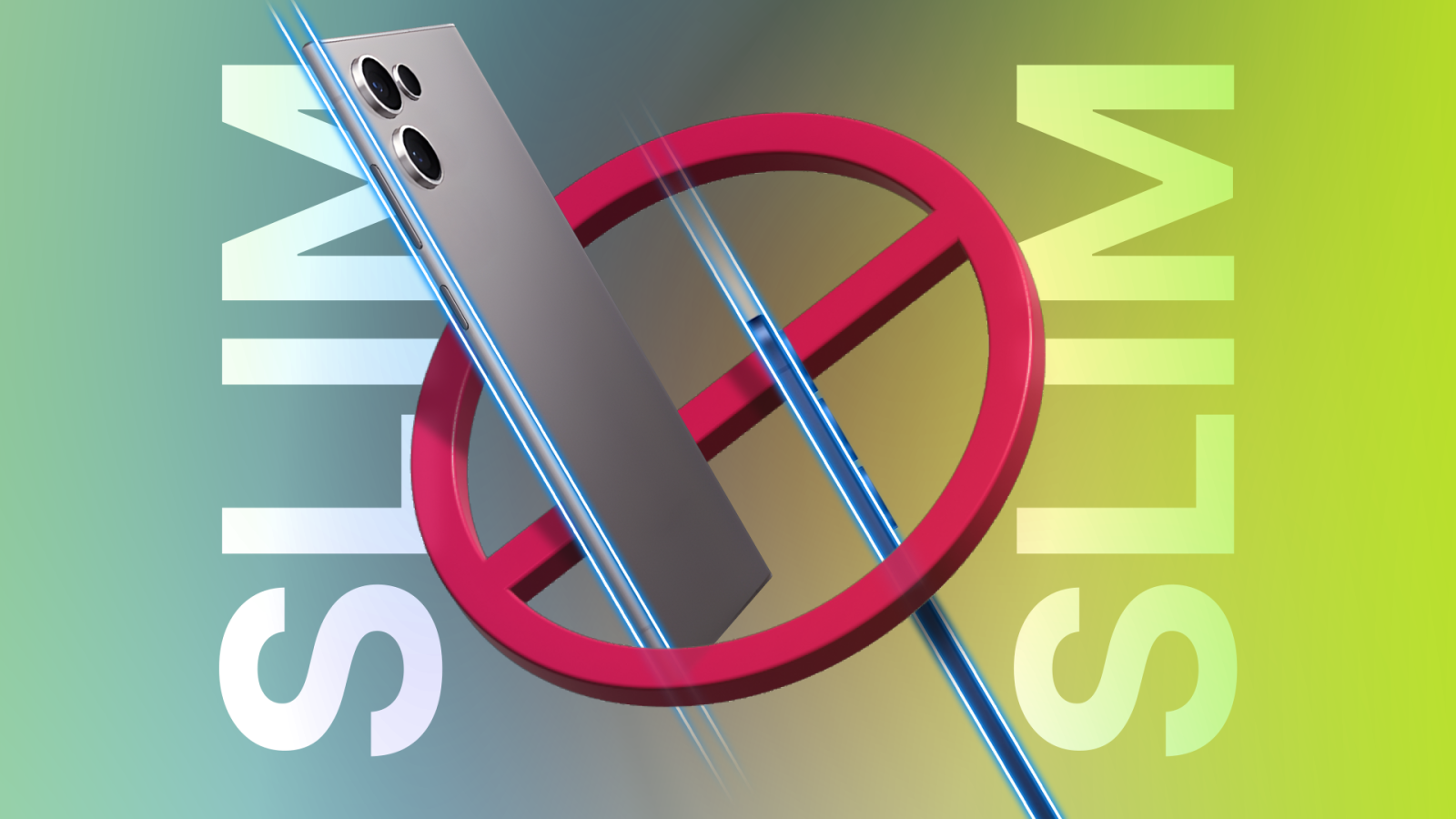
Contents
There was a time when phone manufacturers fought the ‘thinnest phone’ war. Smartphones were still in their nascent stages, and there weren’t many groundbreaking innovations to showcase. Fast-forward to 2025, we’re now in a world where phones have massive 1-inch camera sensors, huge displays with high refresh rates, and hinges that allow the phone to fold in half. Technology is evolving fast, and phones are becoming more powerful than ever. Amidst these developments, two of the most popular smartphone brands seem to be working on slimmer versions of their phones. While Apple’s iPhone 17 Air is still rumored, Samsung confirmed the existence of the Galaxy S25 Edge.
I’m all for more ergonomic phones. Smartphones have grown in size exponentially over the years, to a point where they can be uncomfortable to hold. However, a slimmer phone doesn’t solve that problem. What could solve it is a more compact device. Reducing the thickness of phones that are already slim means compromising on internals, which wasn’t on my 2025 smartphone bingo card. That is why I hope the slim phone trend doesn’t catch on, and other brands don’t copy it. Here’s why I feel slim phones are trying to fix a problem that never existed.
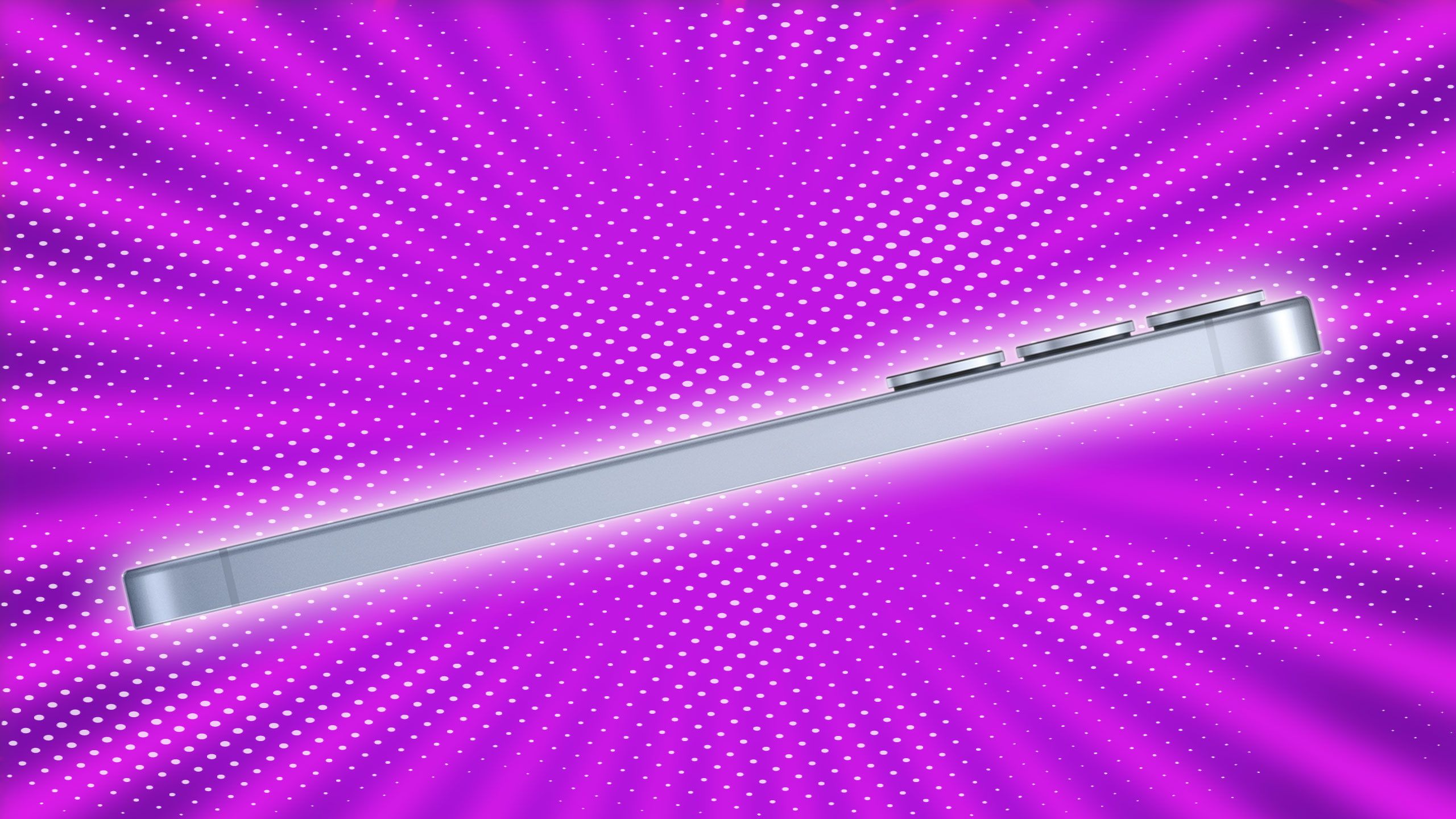
Related
6 Compromised cameras
No periscope lenses
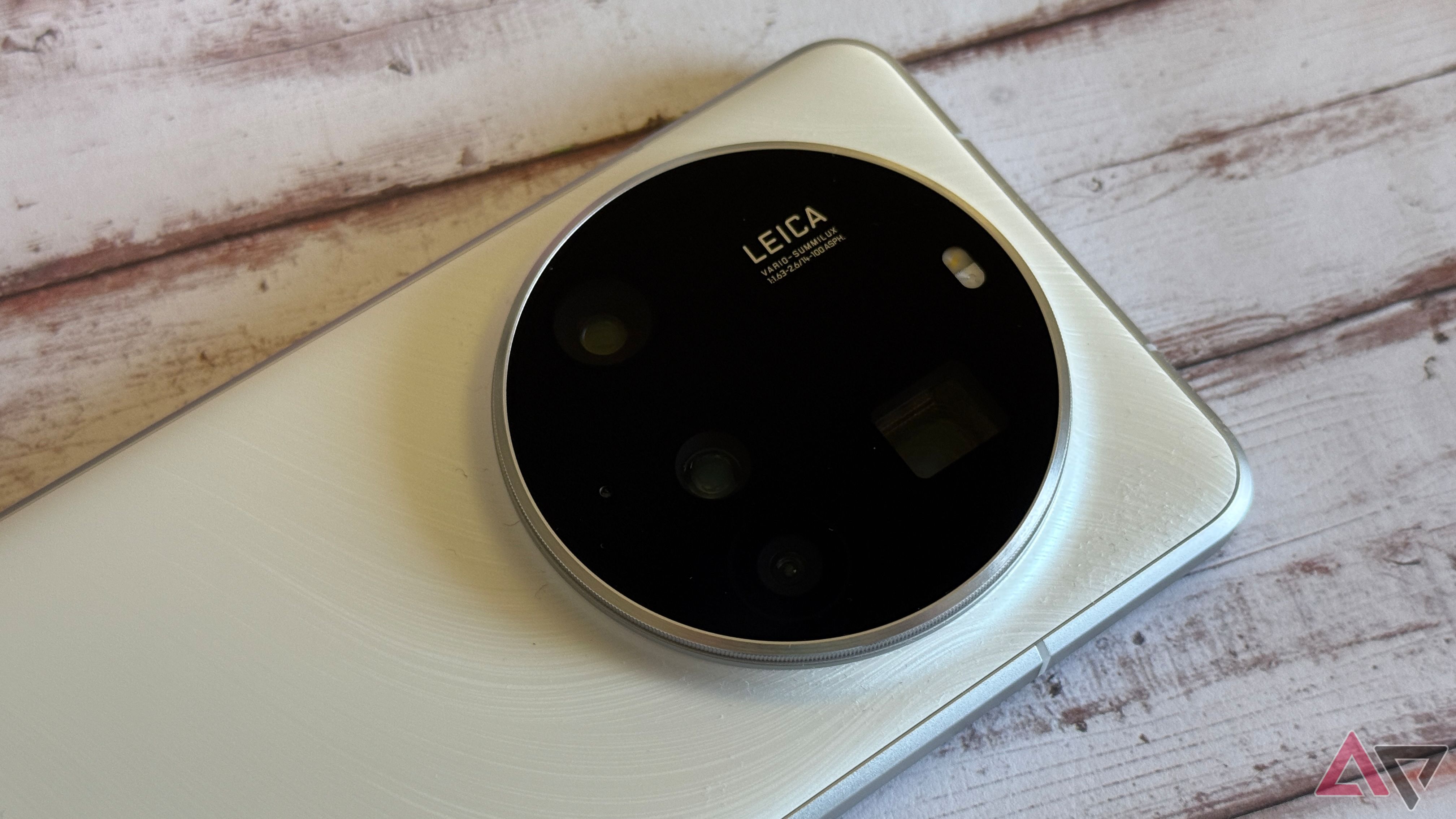
Smartphone brands are pushing the envelope when it comes to camera hardware on modern-day phones. Along with larger sensors, phones have three to four cameras with versatile focal lengths. These sensors require a substantial amount of space inside the phone since they’re physically large. Periscope cameras that are used for the extra-long zoom range need additional space for the lenses and internal mirrors. With slimmer phones, we may have to bid adieu to these luxuries.
It’s not rocket science to determine that more cameras require more space, so the versatility also takes a hit. For instance, the Galaxy S25 Edge only has a primary camera and an ultra-wide shooter. There’s no telephoto lens, and that’s a big miss for a flagship phone that won’t be cheap. Samsung would have to make this compromise to save space for other components like the CPU, battery, and speakers. If I’m paying top bucks for a phone, I want the absolute best camera setup, not one that cuts corners.
5 Reduced battery life
And slower charging
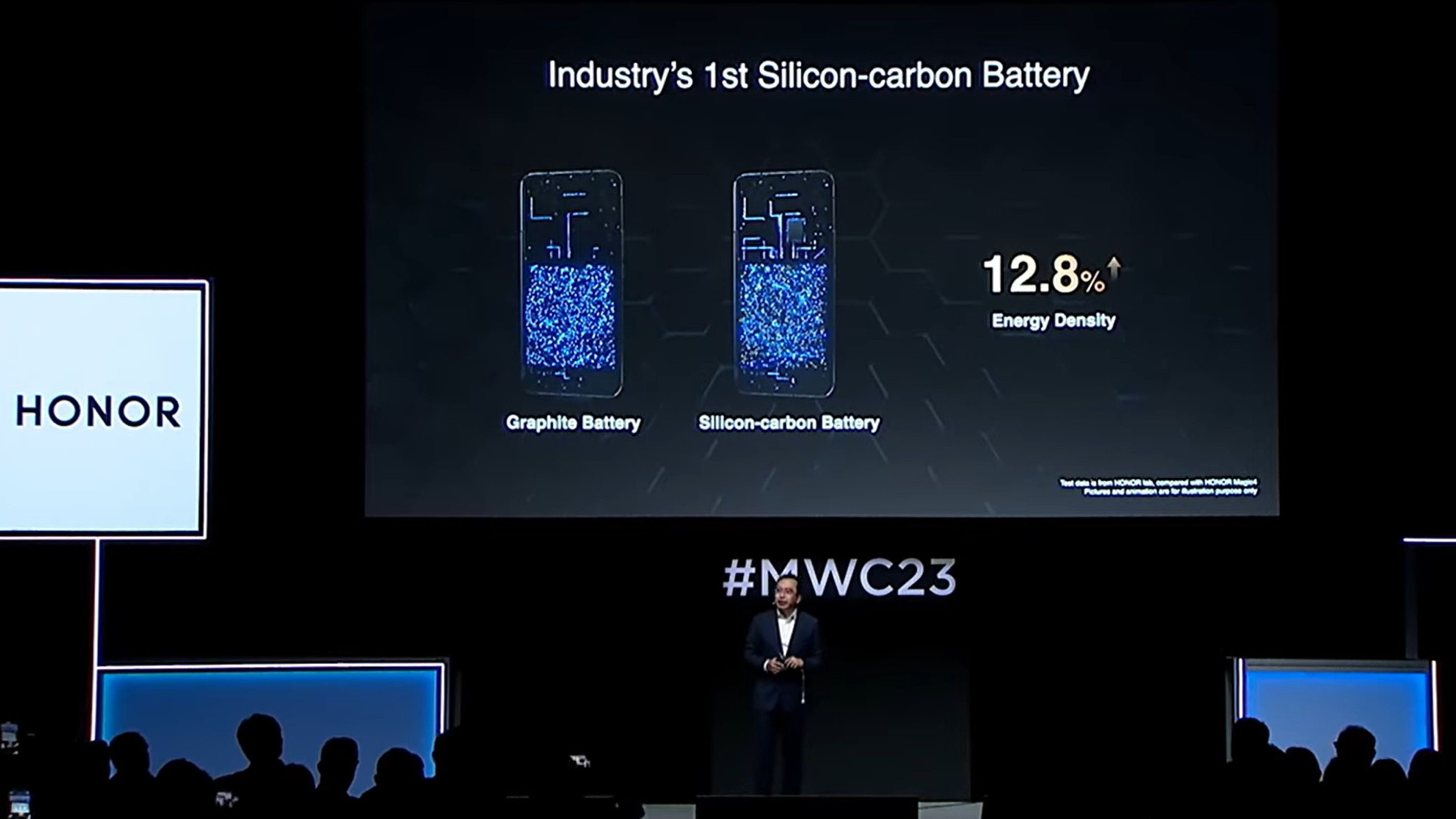
Source: Honor
With all of us constantly glued to our phones, battery life is an increasingly important factor. It’s an absolute must for a phone to last at least till the end of the day, so you can go home and plug it into the charger. Most modern phones have high-capacity batteries that fulfill this criterion. However, with a slimmer phone, brands must use smaller capacity batteries to shave off a few millimeters. This is evident with the leaked battery capacity of the Galaxy S25 Edge. Reports say the phone will have a meager 3,900mAh cell. That’s one to two hours less screen time than a standard phone.
It may have been sufficient in 2018, but it’s 2025, and a 4,500 to 5,000mAh battery is the norm. With silicon carbon battery tech becoming popular, brands can fit high-capacity batteries closer to 6,000mAh in a standard form factor. While this gives me hope, brands like Samsung and Apple haven’t switched to the more sophisticated tech, and only time will tell if they do. Additionally, a slimmer phone may mean slower charging speeds, since fast charging generates quite a bit of heat, and there may not be enough space to dissipate it quickly. That’s a trade-off I’m not willing to make.

Related
This phone is here to kick off the silicon carbon battery revolution
The Magic 6 Pro features Honor’s second-generation custom battery with some unique properties
4 Thermal throttling
Less space for heat dissipation
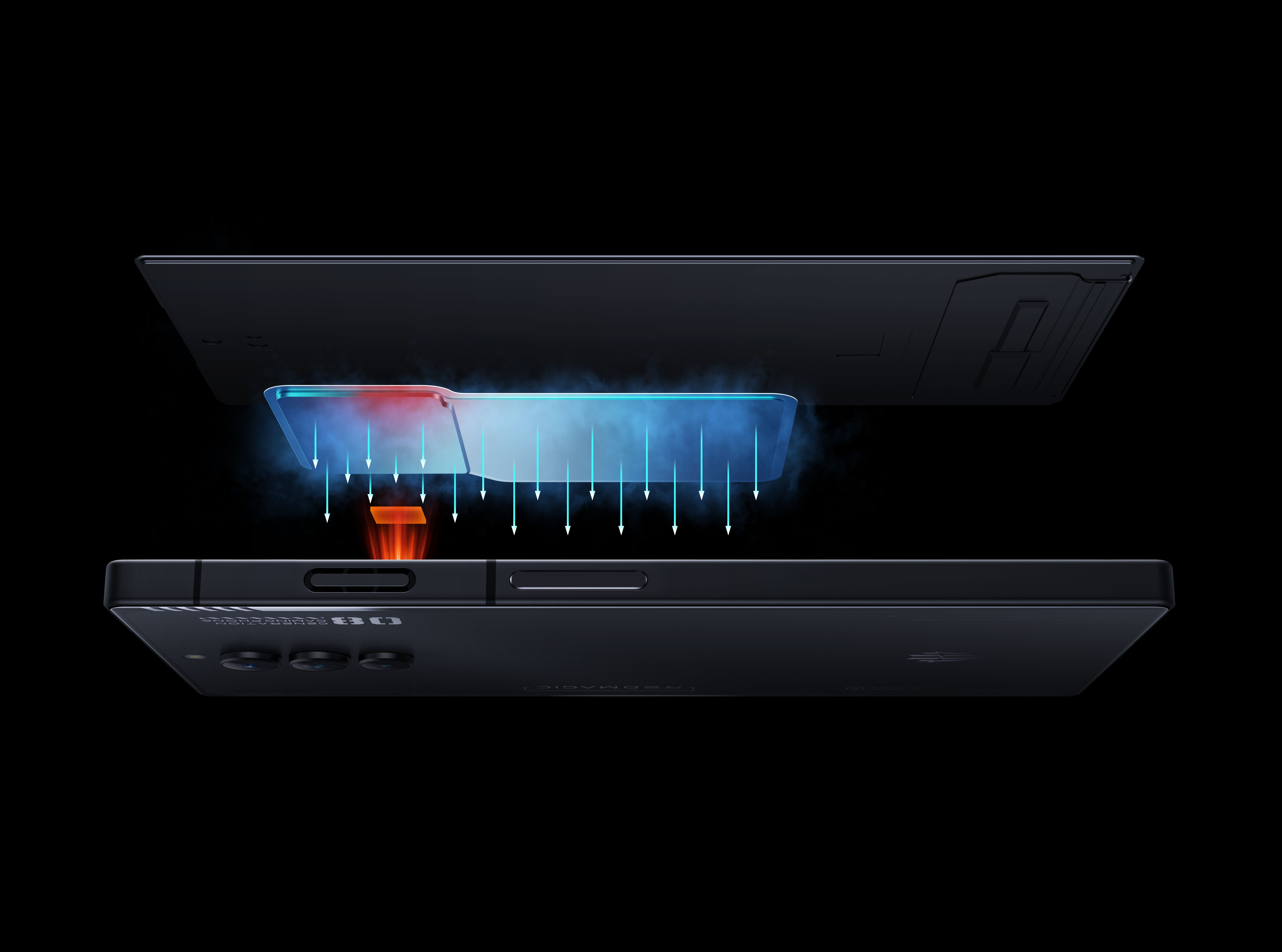
While the heat generated via fast charging is secondary, every smartphone chipset produces heat when pushed to its limits. This includes heavy multitasking, gaming, and using the phone with increased brightness levels. Most of us go through these situations when using our phones. Since smartphones don’t have built-in fans like laptops, the only possible way to cool a phone down is via passive cooling. This is when having a large surface area helps.
Some manufacturers use vapor chambers to make the process quicker. With a phone that’s thinner than usual, adding a vapor chamber can be a challenge since it needs some space. Additionally, there won’t be much room for the heat to dissipate since the components are close to one another. Unless the phone cools down quickly, the CPU will throttle and limit its performance. Most phones lower their screen brightness levels, so the display isn’t legible outdoors. This is a terrible situation to be in if you use your smartphone regularly for intensive tasks like gaming or photo and video editing.
3 Reduced structural integrity
Remember bendgate?
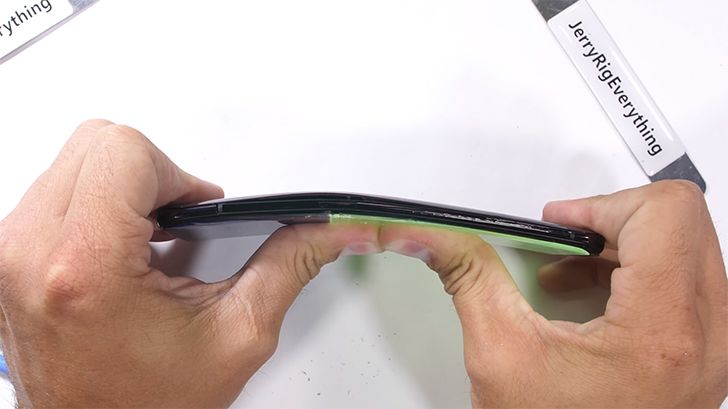
Apple reduced the thickness of the iPhone 5S when it launched the redesigned iPhone 6. While the iPhone 6 looked gorgeous, it became infamous for the bendgate. If you’re not aware, the sleek iPhone 6 chassis could bend when subjected to external pressure, even something as simple as keeping the phone in tight denim pockets. I’m afraid something similar might occur with extremely thin phones.
Most phones launched nowadays have a metallic frame with glass on either side. Glass can shatter easily, reducing the overall structural integrity of the phone. There is a possibility that the chassis may not be able to handle even a slight degree of pressure exerted on it, and as a result, it may bend or break in certain situations. A thicker phone with better reinforcement decreases the probability of such issues.
2 Poorer speakers
Compromised media consumption experience

A good set of stereo speakers with Dolby Atmos has become a common offering on most smartphones. Since many people consume content on their phones via loudspeaker, having a speaker setup that’s loud and crisp is important for many. However, with slimmer phones, you may have to compromise on this aspect, since a good speaker needs a large speaker cavity.
A larger cavity indicates a louder and fuller sound output, ideal for watching shows or movies on the go. A slimmer phone would have to opt for a narrow cavity, resulting in the brand choosing a smaller speaker module. If you often use headphones with your smartphone, this shouldn’t matter. However, if you rely on your phone’s speakers to listen to music in the shower, you are in for a disappointment.
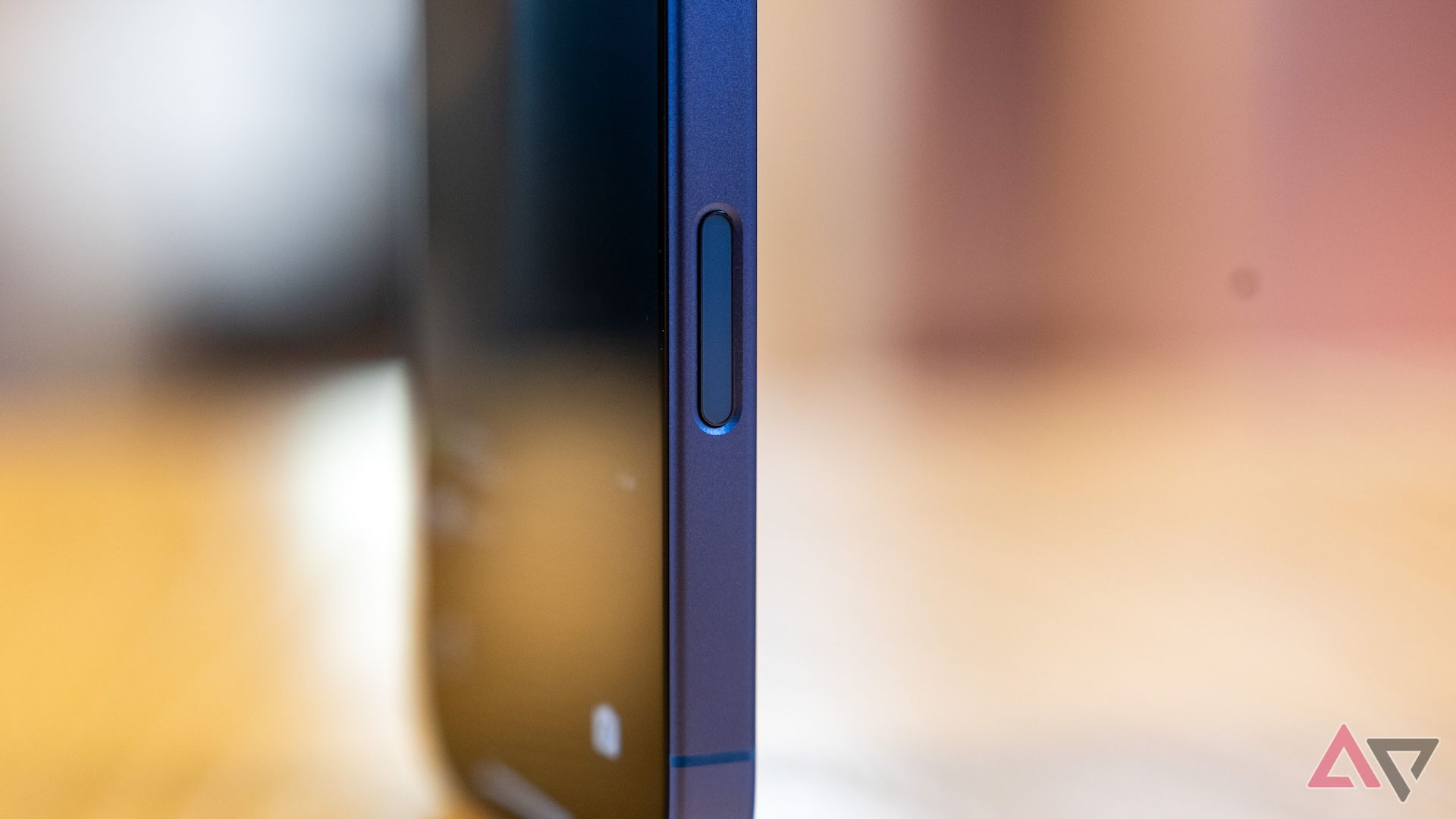
Phone brands have been adding small extra perks to their smartphones to make them more functional. For instance, Apple and Oppo added the camera shutter button to their phones this year, with some phones from Sony already having it for years. Xiaomi and Vivo have been providing IR blasters on their phones for ages, allowing users to control TVs, ACs, and other IR-based devices via their smartphone. Xiaomi recently teased a modular concept phone to which you can attach a micro four-thirds sensor and a lens to click professional photos.
These additional features are available on some phones or will be made available in the future. With a thinner phone, there’s little room to play around with, so brands will skip additional features like these. No matter how expensive these slim phones get, they will remain a notch lower than top-tier flagships internally, due to the lack of space.
10:08

Watch our review
Make folding phones slimmer instead
It’s ironic how Samsung wants to make slimmer phones like the S25 Edge, but won’t put in the same effort for its folding phones. For context, the Oppo Find N5, Vivo X Fold 3 Pro, Xiaomi Mix Fold 4, and Google Pixel 9 Pro Fold are folding phones that are significantly slimmer than the Samsung Galaxy Z Fold 6. The Z Fold 6 also has the smallest battery, despite being the thickest phone. Owing to this, I believe Samsung should channel its R&D efforts to make phones smaller towards its foldable segment. That’s where the innovation in making phones slimmer is required.
What’s your reaction?
Love0
Sad0
Happy0
Sleepy0
Angry0
Dead0
Wink0
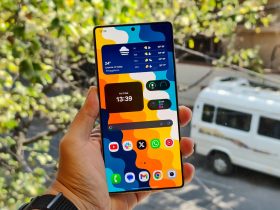

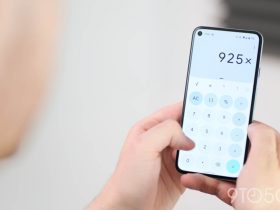



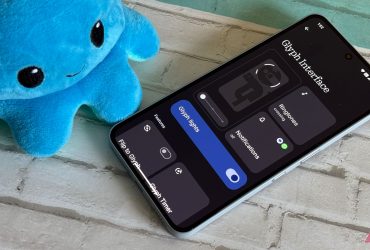
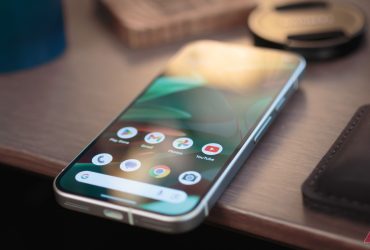
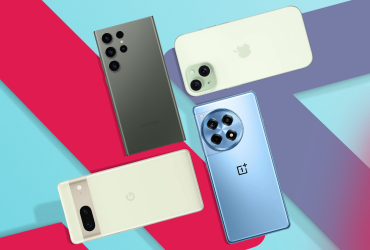
Leave a Reply
View Comments